Table of Contents
Everyone must have heard that Google has implemented an update called BERT update in its search ranking system. The BERT update was rolled out in October 2019, and as per Google’s claim, it is the most important update since 2015. What exactly is this BERT update? How will it affect the search queries? Will this update replace the previous update? How can we reap the benefit of the BERT update? When you first hear about this implementation, you’re bound to have these questions one by one, and with this blog post, we’re trying to address these questions and give you an insight about BERT Update by Google.
What Is The BERT Update?
With the Bidirectional Encoder Representations from Transformers update or BERT Update, as it is widely called, Google has improved its natural language processing ability for giving better search results by understanding the context of the search query. Let’s see it’s real-life implications next.
How Will It Affect The Search Queries?
You can see the impact of BERT update specifically in long-tail and conversational queries where the words like “to”, “of”, etc has significant roles to play in the meaning of the search. Google explained it with some examples. Google took a search query “2019 brazil traveller to the USA need a visa” to showcase the difference in search results before and after the BERT update. Before BERT, Google used to show the result for the US citizens travelling to Brazil, since it couldn’t define the context of the search query in the right way. In order to understand the sentence properly, it was important to identify the word “to” and the connection of that word to the other words. However, with the BERT update, Google can identify and understand the common words like “to”,” for”,” of” and the connection, this will result in providing the best search experience to the users.

On another example, Google showed a featured snippet query “Parking on a hill with no curb”. Prior to the update, Google would have given more focus to the word “curb” and ignored the word “no” while processing the query. However, it will result in providing an inaccurate search result for parking on a hill with a curb. This inaccuracy has been rectified with the BERT Update.
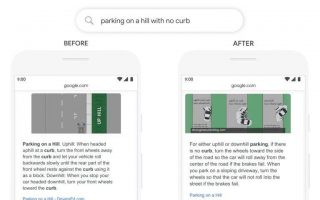
Is RankBrain DEAD?
As per Google, the BERT update is the largest update introduced after the RankBrain. Approximately 1 in 10 search queries will be impacted by the BERT update. RankBrain was the first artificial intelligence method introduced by Google to understand the search queries. To get a better meaning of the search query it looks into both the queries and the content on the webpages which is in Google’s index. RankBrain is neither dead or replaced by BERT. It is just another method which is introduced by Google to understand the search, it is an addition to the search ranking system. When Google thinks that a query can be understood with the help of RankBrain, it will use it, if it feels that the BERT can give a better understanding, it will use that. In short, Google will use multiple methods to understand the search queries and BERT is just an additional method.
How We Can Reap The Benefit Of BERT Update?
To reap the benefit of the BERT update, firstly, you need to find out the impact of this update on your website’s search queries. You need to identify the keywords that are having a higher ranking at present which did not have a ranking before the update. Once you have identified these new keywords, you can take the necessary steps in getting the identified keywords rank higher. Google Search Console can be used for identifying the BERT keywords. Google Search Console is a service by Google to the webmasters to help in measuring the website’s search traffic, performance, error fix, etc.
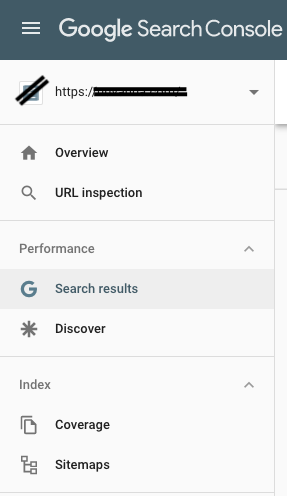
To identify the BERT keywords, after logging into your Google Search Console account, click on the option “Search results” under the performance tab. This option will show up the visibility of your website in the organic search results. It will also show the keywords and the number of times your website has shown up for that specific keyword along with the impressions and clicks to your website from that particular keyword.
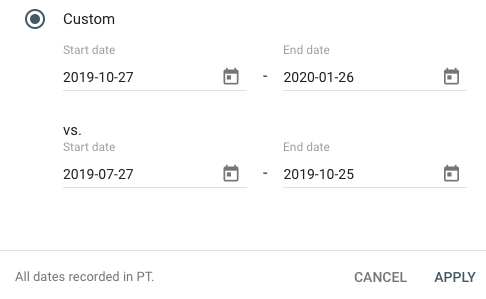
Next, you have to compare the date ranges before and after the BERT update. For our analysis, we took 3 months before the update and 3 months after the update for comparison. If you widen the date range, you will get more keywords that rank after the BERT update. This will give you a great insight into the new keyword which is ranking after the update and previously got 0 impressions. The BERT update will mostly affect the long tail or conversation queries.
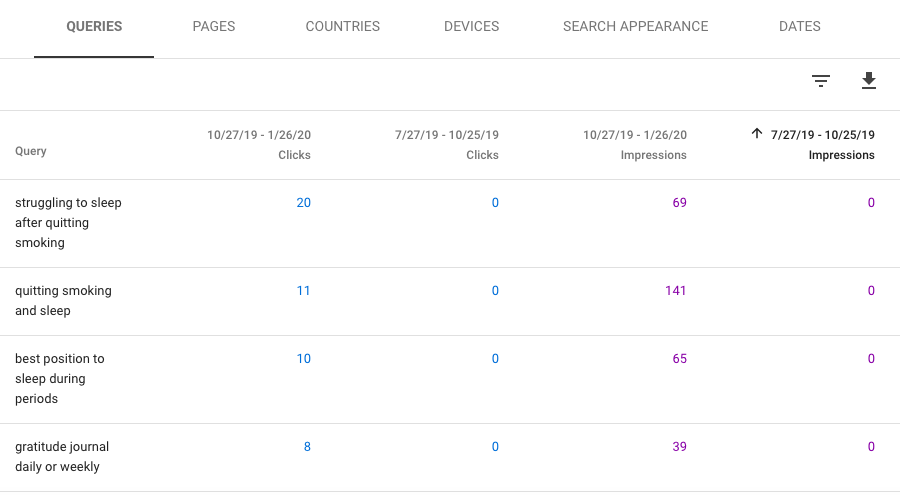
The result page will be giving you an idea about the new keywords you have gained and the keyword you lost after the update. If you sort the impressions tab in ascending order, you will get those keywords that were ranked earlier and have 0 impressions after the update. Now you can efficiently work on the new keywords gained and squeeze the benefit of the BERT keywords to drive more traffic to your website.
At present, the BERT update has been rolled out for the English language and we can expect it to be rolled out for other languages in the future. For featured snippet search, it has been applied globally for all languages. Even though BERT is the biggest update after RankBrain, SERP tracking tools couldn’t find a dramatic change in the search results. We believe it is because the BERT update is for a better understanding of the natural language or conversational queries not to change the search result page directly. Also, the update is affected mostly for long-tail search and SERP tracking tools are more likely to track short-tail searches. Google is converting its algorithm to think like a human and provide the best result possible to its users. So we recommend developing your site and it’s content for the users and not for Google, eventually, you will get the results.
If you want to get an in-depth understanding of how you can drive organic traffic to your website, feel free to visit this page or book your free consultation with our in-house SEO Specialist here


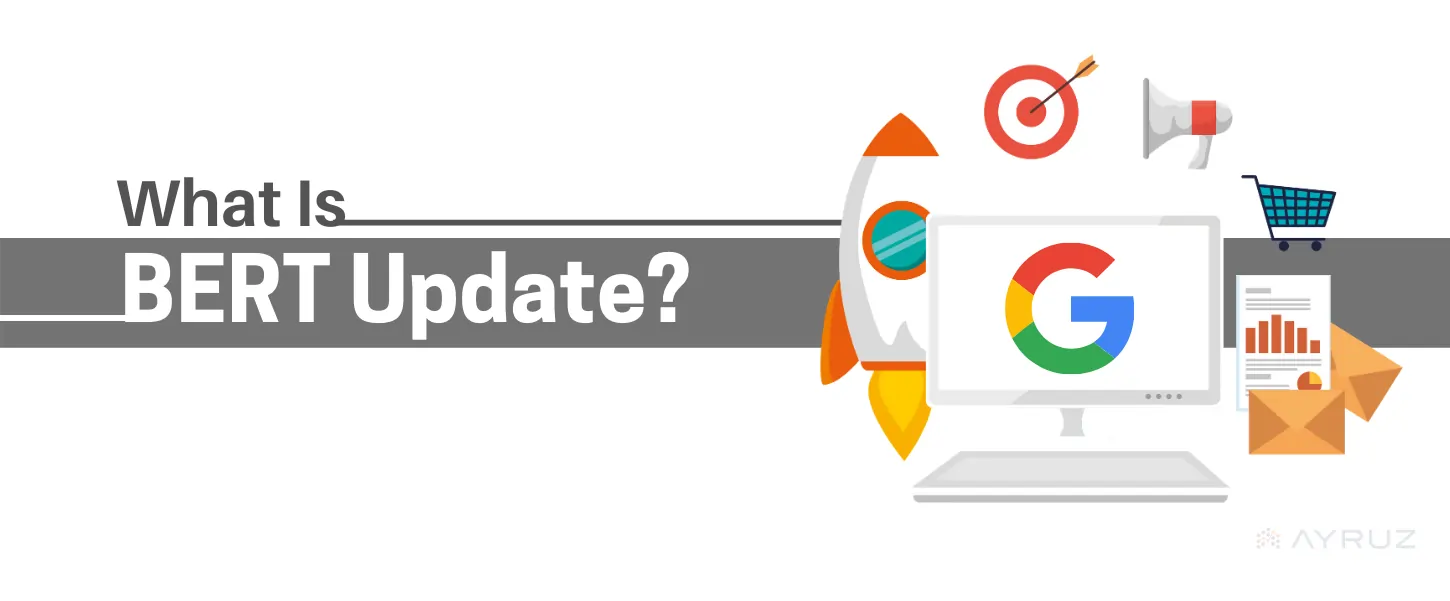
.png)






